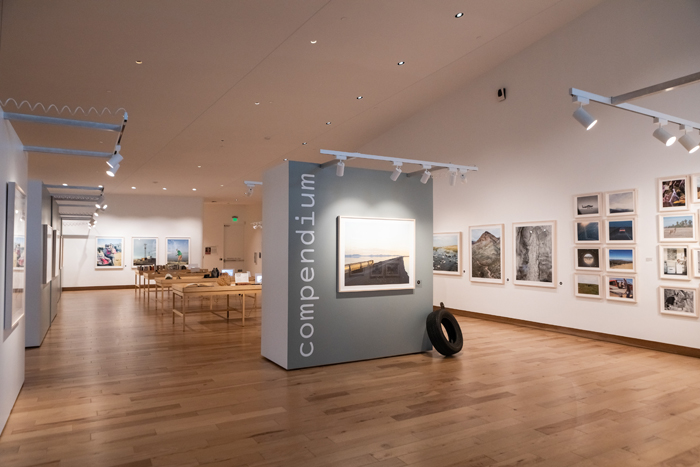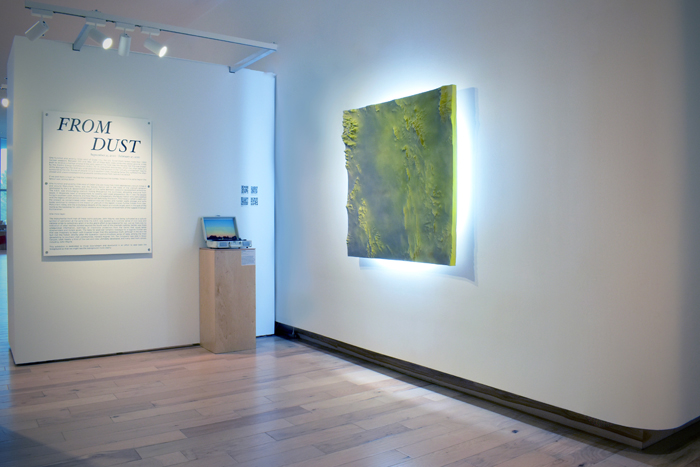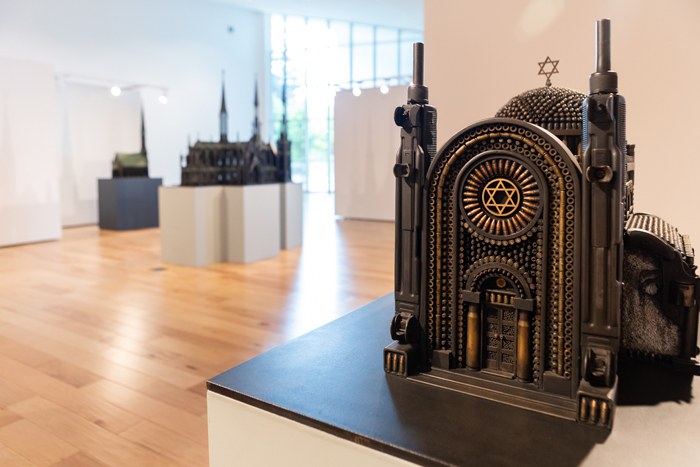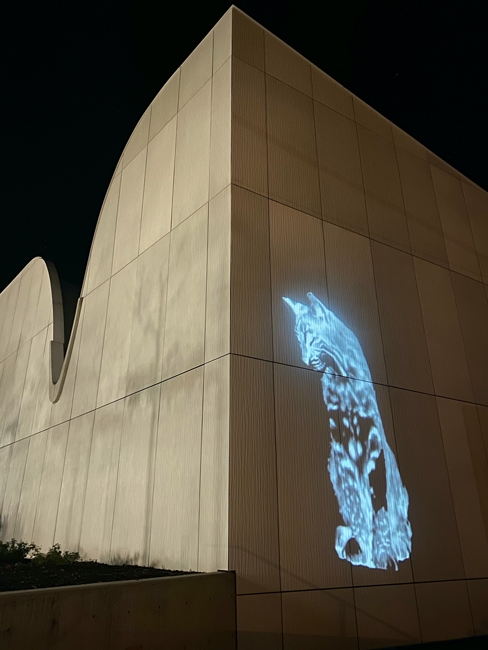Jessica Kinsey heads a small but growing team at the Southern Utah Museum of Art, a Cedar City institution that aims to replace culturally insular stereotypes with a community focus.
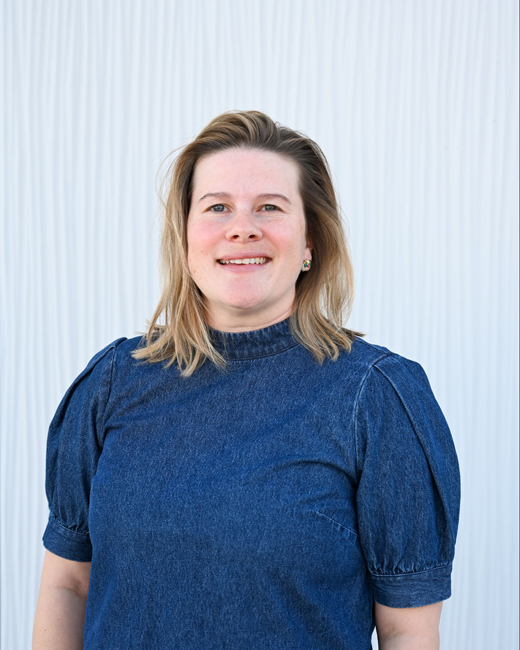
The Fred Jones Jr. Museum of Art, located on the University of Oklahoma campus, boasts a 40,000-square-foot exhibition space and a storied global art collection. It’s here where Jessica Kinsey received a hands-on approach to curatorial practice and museum administration, skills she would foray to her current role as executive director of the Southern Utah Museum of Art in Cedar City.
SUMA is, like the Fred Jones Jr. Museum, an on-campus art center affiliated with Southern Utah University, a space that is “the sort of building that you could drop in a big city like Chicago or Los Angeles, and it wouldn’t be out of place,” Kinsey says in a recent Zoom call with Southwest Contemporary. Indeed, the sleek modernist design of the space that’s less than a decade old is not one which Cedar City residents may be accustomed.
She describes the University of Oklahoma in Norman as a great place to study art history due to its literal and symbolic connection to the on-campus art museum. Born in Oklahoma but raised in Indiana, Kinsey returned to her birth state specifically to attend OU.
She began her career in museum education as a junior in college during her undergraduate degree in art history and continued working full-time in the museum while completing her master’s in museum studies, degrees she earned at OU in 2011 and 2014, respectively.
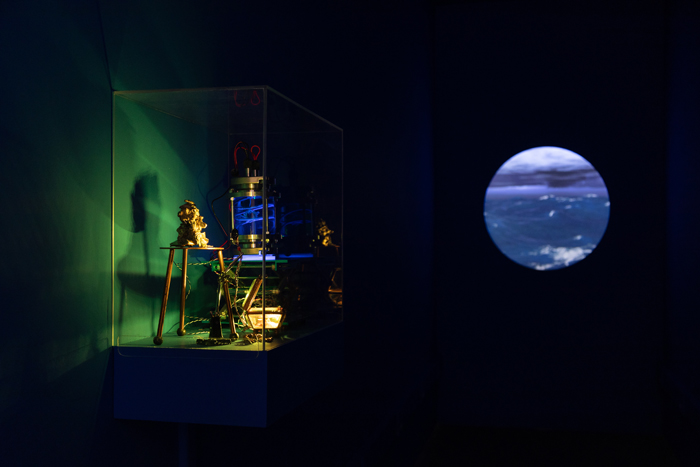
Kinsey wore various hats during her time there, among them, working as curator of academic programs as well as director of public engagement. During her tenure, she served under three different museum directors, which piqued her interest in audience engagement, particularly empowering community members to feel engaged and represented in museum programming.
“In Oklahoma, I became interested in the question of how to empower people I work with. We want other people to tell us what to do better, but I am also a big believer that museum staff in particular are forgotten stakeholders in this discussion. I wanted to work with my colleagues on who our audience is and who we may be forgetting,” she says.
Kinsey takes a democratic approach to governance, one that is not commonly associated with art institutions with reputations for top-down management and programming that caters to those already privy to the discourse of art. In her quest to hear from and expand her audience, she even spoke with museum security guards to elicit their thoughts. This egalitarian ethos didn’t win her favors in Oklahoma, yet her commitment to this idea forayed into the work she would perform at SUMA.
Kinsey first traveled to Utah in 2015, where she visited the state’s five national parks. She returned the following year and explored additional Utah treasures including Spiral Jetty, Zion National Park, and Moab. These travels led her to excitedly apply for a position at SUMA, which she discovered a mere three hours after it was posted on the American Alliance of Museums website. Assuming the museum would be a small academic gallery tucked away in a basement-like environment, Kinsey was astonished by the museum’s stunning building—a Brooks + Scarpa design inspired by the region’s admired slot canyons—that officially opened in July 2016. (Architectural Digest named the building as the state’s best-designed museum in 2018.)
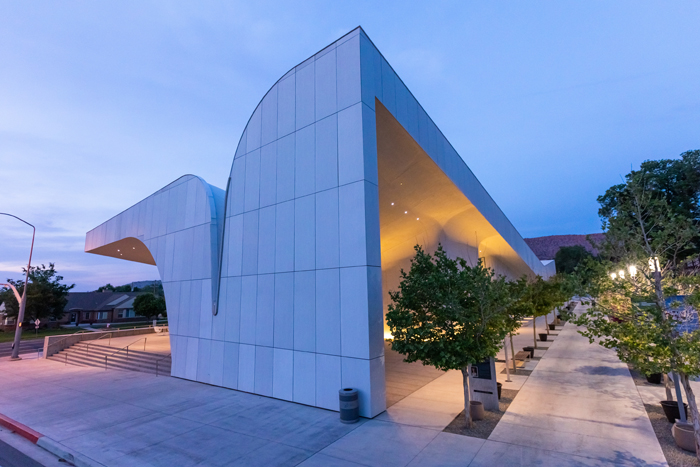
After landing the job, Kinsey refocused her commitment to community building through museum programming and education efforts, including the redesign of the Stillman Sculpture Court, the facilitation of a Collections Assessment for Preservation program, and organizing a range of art and culture festivals and kids’ programs. Under Kinsey’s leadership, SUMA has also featured a range of exhibitions ranging from local talent to regional and nationally renowned figures such as Diné artist Patrick Dean Hubbell, resident artists of the Montello Foundation in Nevada, James Surls, and multidisciplinary artist Cara Despain
An utmost priority is emphasizing that an art museum is a place for everyone. This, of course, is difficult for a museum located in a relatively small population center hours away from the capital city. SUMA is in closer proximity to Las Vegas versus Salt Lake City, a geographical fact that has at times isolated the museum from the Utah art community long dominated by Salt Lake City and the Wasatch Front. For Kinsey, this relative isolation has only crystallized her commitment to expanding SUMA’s access regionally.
“You don’t have to have an art history degree to have a place here,” she says. “You can bring your own experiences and level the playing field as far as art and interpretation are concerned.”
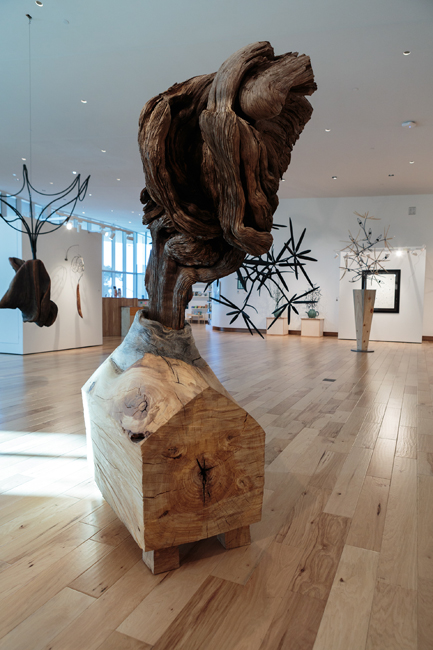
And her efforts are bearing fruit. From 2016 to 2017, SUMA’s attendance records increased by a staggering 78 percent. At the time she took over as executive director, she also served as chief curator. Last year, thanks to additional funding from the Sam and Diane Stewart Foundation, the museum added an assistant director of curatorial affairs, Becky Bloom, to the roster. The museum’s presence is growing, evidenced by the many community-based initiatives in the works.
“I’m so proud of how we have been working to bring global perspectives to a local community and expand what they see as art.”
